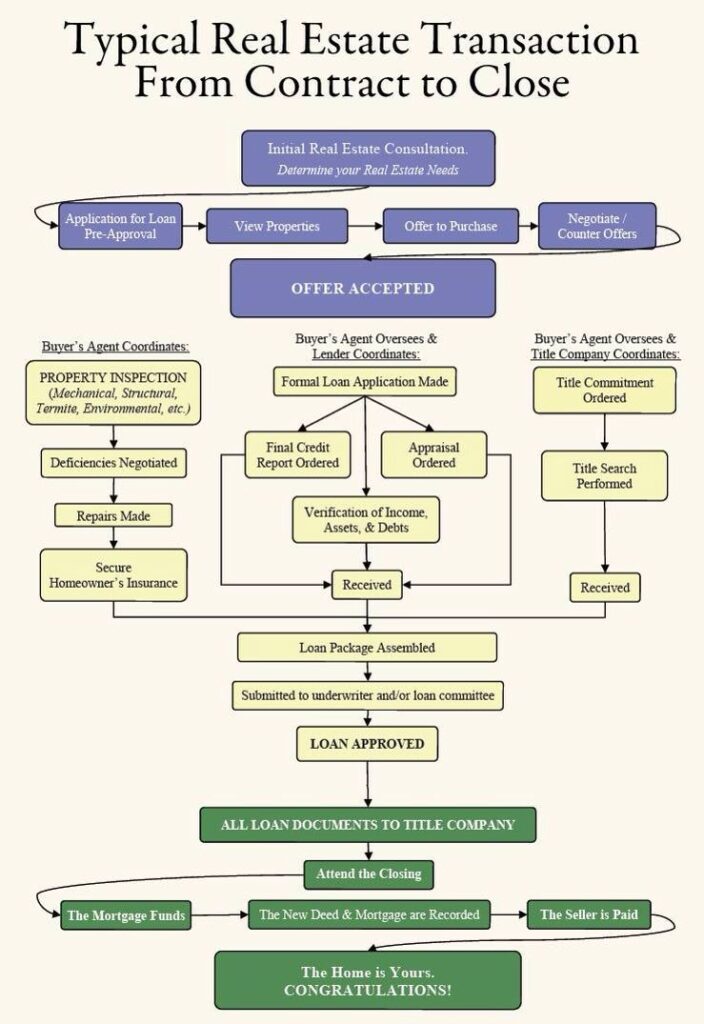The cyber threat landscape is constantly evolving, and hackers are always attempting new techniques to access your systems and data. In your real estate company, members of your team or even third-party organizations can be susceptible to emails or social campaigns that seem benign, but give access to hackers who can infiltrate your system undetected.
From a Real Estate perspective, a hackers goals are to infiltrate the transaction flow to steal access to banking information, identity theft, steal closing monetary transactions, steal information that would allow them to steal a property and other nefarious intents.
Real Estate professionals and all participants in the real estate transaction flow need sound cyber security hygiene and practices.
Hackers like to target small to medium size businesses, both business-to-business and business-to-consumer relationships. Once the hackers get a foothold in, there are numerous ways they can monetize data. Direct consumer interaction can present additional risks for many businesses. If your business or your customers’ email is compromised, misappropriated payments, receipts, or any unauthorized online management can put many of your clients as well as your organization at risk.
To ensure you have the right cyber protection for your specific needs, evaluate and measure the maturity of your organizations cyber security hygiene. You need to have a cyber security risk assessment performed to insure you are executing best practices, and are reactionary in searching for areas of risk throughout the real estate business life cycle. Monitor your data that resides in any cloud environment or with third-party vendors in your workflow process; if they get attacked, your data may be at risk.

InfoTech Innovators can help! We offer cyber security assessment services, vulnerability scanning and cyber security awareness training ( tailored to the real estate profession).
There are a range of technologies, controls and practices an organization can implement to mitigate cybersecurity risk. Understanding the threat landscape that affects your specific industry and situation will help you choose the best action plan. Inventory your assets and practice the fundamentals of data management, considering where all your important data resides both internal and external will help define the boundaries of the protection needed. Allocate the appropriate resources based on your cyber risk assessment process to spread your resources to your weakest areas with the greatest risk.
95% of cyber security breaches are caused by Human Error. InfoTech Innovators offers Cyber Security Awareness training to help to ensure your employees are educated and your business is protected








